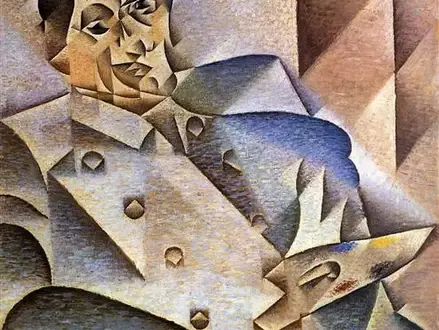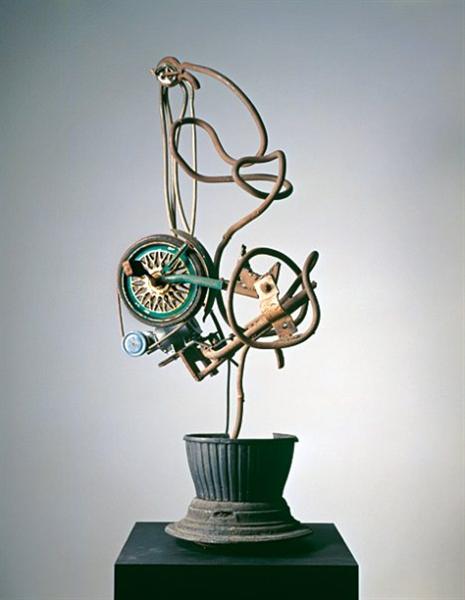Title of Artwork: “Portrait of Pablo Picasso”

Artwork by Juan Gris
Year Created 1912
Summary of Portrait of Pablo Picasso
Juan Gris’ Portrait of Pablo Picasso (1912) is widely regarded as one of the finest cubist portraits. Pablo Picasso, one of the most significant artists of the twentieth century, is depicted in this image, along with Georges Braque, the other co-founder of Cubism.
All About Portrait of Pablo Picasso
The picture is a tribute to Picasso, who was a major influence on Gris’s artistic development. Gris made his way to Paris in 1906, settling in the Montmartre section of the capital city.
A few months after that, he met Picasso, who introduced him to a slew of up-and-coming artists and thinkers such as Georges Braque, Guillaume Apollinaire, Max Jacob, Maurice Raynal, and Pierre Reverdy.
The first few years of his life in Paris were spent working as a graphic artist for political and satirical journals. In 1910, he began painting seriously, and the following year, he resolved to devote all of his time and energy to it. As the years went by, Gris began to produce works of equal quality to those of his older and more experienced peers.
At the 1912 Salon of Independent Artists, Gris chose to exhibit The Portrait of Pablo Picasso as his first work. Picasso is depicted by Gris as a painter with a palette in hand. A nod to Picasso’s legacy is seen in the inscription “Hommage to Pablo Picasso” on the painting’s lower right. Analytical Cubism, which existed from 1908 to 1912, is seen in this portrait.
In Analytical Cubism, the artist deconstructs the subject matter by presenting it concurrently from a variety of perspectives. By splitting the head, neck, and torso into numerous planes and geometric shapes, Gris deconstructed the person. Grids of diagonals were used to produce an extremely well-structured composition.
To keep things simple, the painter stuck to a limited range of cool blue, brown, and grey shades. Analytic Cubism shared this trait, utilising a limited colour palette to draw attention to the form’s underlying structure. The contrast between the blues, browns, and greys that gave the hues a dazzling character was what made the portrait stand out.
A nod to Picasso’s work, notably the portraits of Ambroise Vollard, Daniel-Henry Kahnweiler, and [i]Wilhelm Uhde[/i] that he painted in 1910, may be seen in the artwork (1910). Jean Metzinger’s Tea Time (1911), a portrait of Pablo Picasso, was also linked to the Portrait of Pablo Picasso.
Gris may have been moved by Tea Time to a newfound appreciation for mathematics, as both works share a grid layout. Paintings by other Cubist artists, like Gris, were influenced by Picasso and Georges Braque, and the Portrait of Pablo Picasso was an aesthetic tribute to their work.
Aside from showing his talent and maturity as an artist, the picture also serves as an excellent example of what Gris was capable of at the time.
Information Citations
En.wikipedia.org, https://en.wikipedia.org/.























